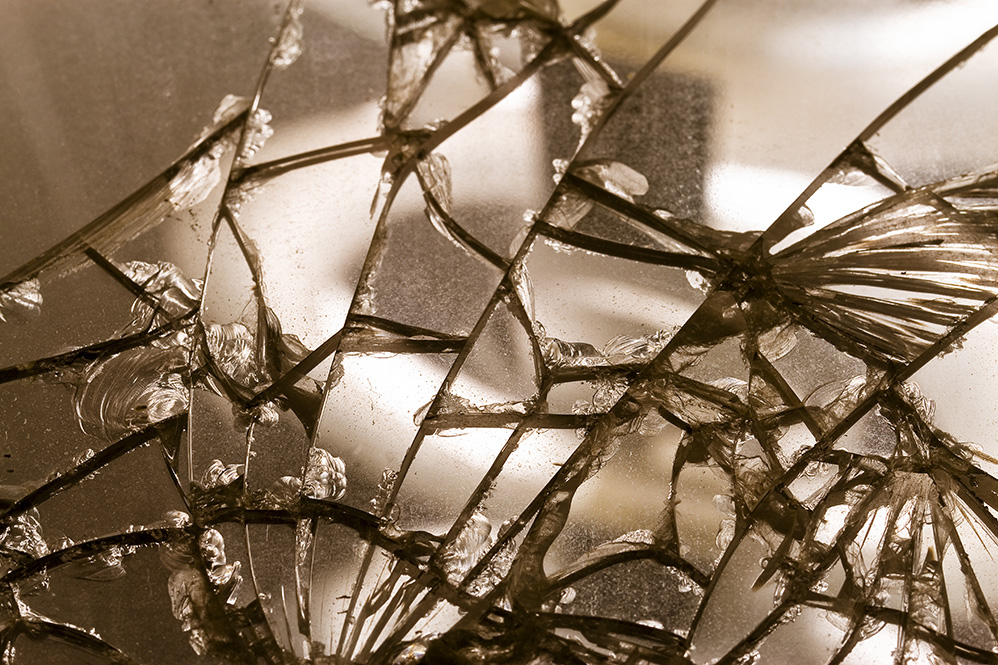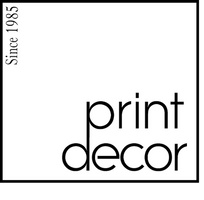
The History of Mirrors
What is a Mirror?
A mirror is a usually flat surface or curved surface that is able to reflect light. The most usual way this is done is to apply a thin coating of reflective material to a more firm surface, such as glass. The image reflected is usually of high quality, although two dimensional (that is flattened).
A mirror can reflect exact size and scale of the original, or bend it, or distort it, depending on the shape of the mirrored surface, either as an imperfection in the surface or as an intended result.
Uses of Mirrors
Mirrors are most commonly seen in places where it is useful to see a reflected image of a person. In a bedroom to see what clothing looks like on you, in a bathroom to fix hair and apply makeup. In a car to see objects is behind you. Mirrors in domestic situations have become somewhat ubiquitous.

A less obvious use, but only because of the way in which it is used, is the use of mirrors by architects and decorators to add light to location or to give a room more space. This can be very effective.
Even less known is the use of mirrors in scientific and mechanical settings. Mirrors are often used in cameras and other optical devices such as telescopes.
In fact, any device that employs or has as its use optics will make use of the light bending, distorting or corrective abilities of a mirror.
The Origins of the Mirror
It is difficult to be able to pinpoint an exact time that a polished surface was used to reflect light for a purpose.
The modern mirror - a silvered layer applied to glass - seems to have started in Germany around 200 years ago.
Justus von Liebig lived from 1803 to 1873 and was a German Chemist. He spent most of his career as a professor at the University of Giessen in Germany. He is actually most remembered for his contributions to advances in fertilisers, and in fact, is known as the father of the fertiliser industry. He also devised a method of extracting beef flavouring from beef products, which was made into Oxo brand beef stock cubes.

Although he would not realise the potential at the time, Liebig developed a method of replacing the lethal mercury being used to make mirrors for the rich. He discovered a method of combining silver with other elements to coat a sheet of glass, thereby making high-quality mirrors that could be used for any purpose, including telescopes.
The technique would not come into use until after his death but ultimately set the scene for what is our modern day mirror.
In the centuries prior to this, various metals, such as mercury, were added to the lower quality of glass to make reflective surfaces. As the quality of glass was not always perfect, the results were not what we could think of as a mirror today.
Prior to glass being used to manufacture mirrors, we have evidence of cultures from Mesopotamia (4000BC) and Egypt (3000 BC) used beaten and polished metals such as copper, and from China, bronze. You could expect the reflected image to be poor, at least by our standards, but nonetheless, useable.
Earlier, there are examples of people from around what is today Turkey using pieces of polished obsidian (volcanic glass) as reflective surfaces. This dates to around 6000BC.
Possibly earlier methods exist, but no record exists to give evidence of this.
Mirrors Today in Home Decor
Today we have a wide range of high-quality mirrors. Mirrors can be used to add to the decor of the room they are in or even be the focal point of that room, depending on the way that they are used.

Some of the considerations you should look at include;
- the size of the mirror. A small mirror will have more likelihood of being functional and blending into the room, a larger mirror will grab attention and become the main feature of a room, and a mirror of huge proportions, such as covering an entire wall, will take over the room entirely. This may be desirable in some settings.
- the shape of the mirror. A round or oval mirror will be suited to softer tones, whereas a mirror with sharper corners will throw a more modern or harsher look.
- frame shape and colour. A subtle coloured frame will help a mirror bland into the surrounding room. A room with darker carpets or slate floors may need a dark frame to help it blend. That same frame in a light coloured room will make the exact same mirror stand out as the only thing in the room.
- positioning. Where you place a mirror in the room and its angle will determine a lot. For example, a mirror positioned to capture and reflect the morning sun, but miss afternoon harsh light may be well placed. A mirror would not be positioned so as to constantly reflect visitors sitting on a couch, and so could be angled slightly upward. A mirror in a bedroom as to be positioned to show a person in full length, and so would have to have enough light available and distance to show.
Print Decor Mirrors
Print Decor specialises in a very wide range of mirrors so that the exact shape, size and frame can be found to match or stand out in a room.

Our expert's in home decor can help you to select the right mirror for your use.

